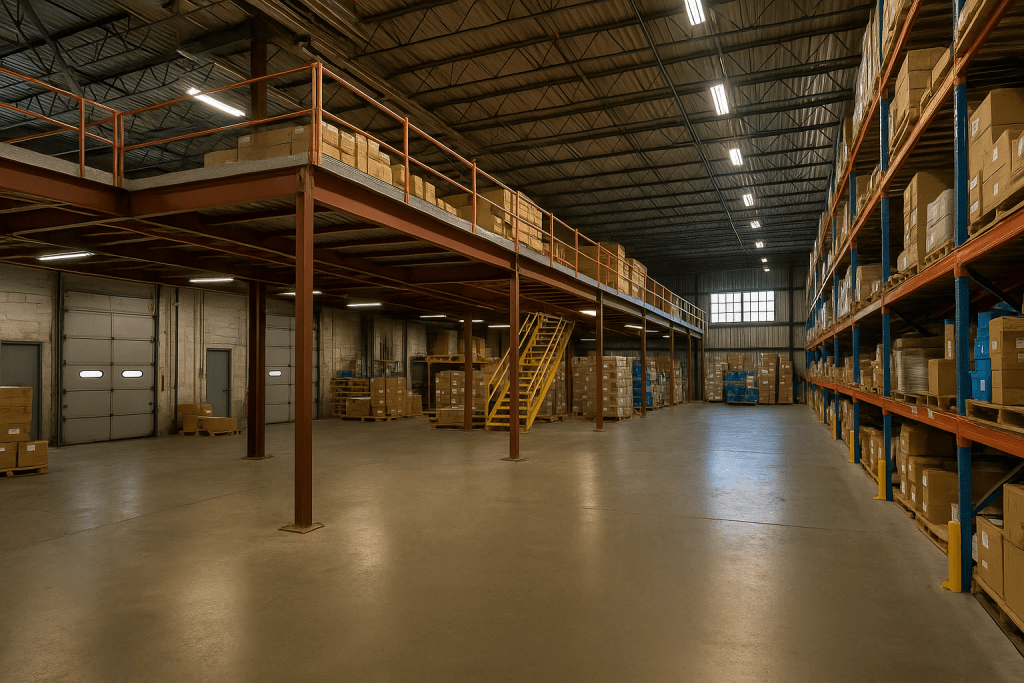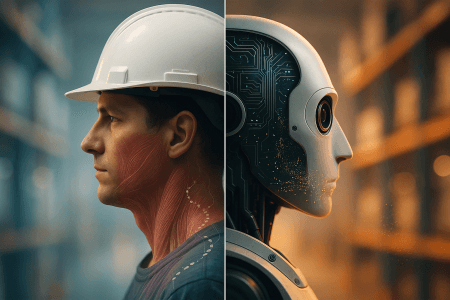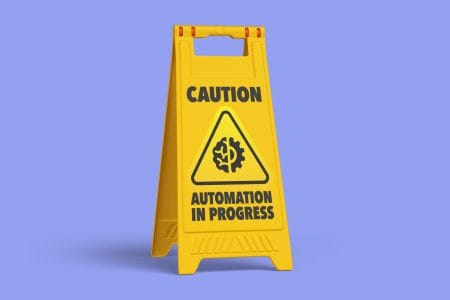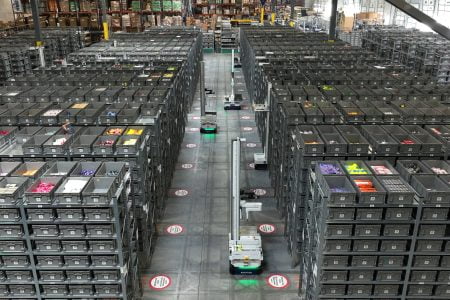What to know before automating a brownfield warehouse
Older warehouses were never built with robots in mind. While rising costs and labor shortages make automation too valuable to ignore, many operators cannot simply build or move to a new facility.
Here are the most common questions operators should ask before adding automation to an existing warehouse:
1. How can we install automation without disrupting daily operations?
To avoid disrupting operations during installation, prioritize solutions that are simple to deploy, do not require heavy retrofitting, and can be deployed in phases. Autonomous mobile robots (AMRs) fit this profile well: they typically go live in 2-8 weeks and can operate alongside existing processes while the fleet scales up. By contrast, fixed systems such as shuttle ASRS or cube storage often require 3-12 months for installation in addition to building modifications like floor grinding, enhanced fire suppression, and major power upgrades. For example, Brightpick was able to install its Goods-to-Person solution in this 3PL’s warehouse in 3 weeks without any building modifications.
2. Will we need to level our warehouse floors to install automation?
Floor requirements depend on the automation you choose. Fixed AS/RS such as shuttles or cube storage often require grinding floors to tight flatness specs, which can add significant cost and time. Mobile robots are generally more tolerant and can operate on typical warehouse slabs with modest unevenness and small slopes, compensating with suspension and sensors. You should still repair severe cracks and wide joints to prevent vibration, wheel wear, and navigation issues.


3. Will I need to upgrade my fire suppression to install automation?
Whether it’s a new or existing warehouse, most automation systems that exceed 10 feet (3 meters) in height require upgraded fire suppression, either with in-rack sprinklers or higher-capacity ceiling sprinklers. If shelving is kept below 10 feet (3 meters), standard fire protection may be sufficient in some cases, though the final decision always depends on local authorities and your insurance provider.
4. Do we need to remove our existing mezzanines or conveyors?
Many AMR solutions can operate on mezzanines and integrate with existing conveyors. Assisted-picking cobots are especially mezzanine-friendly since people still pick from shelves. For higher automation, Goods-to-Person AMR systems such as Brightpick can also run on mezzanine levels, provided there are vertical lifts, spirals, or conveyors to connect floors. In all cases, verify mezzanine weight limits against the load of robots, totes, and racking, and confirm the robots can function under limited ceiling height or with existing shelving in shelf-supported mezzanines.
See how Brightpick was able to install its solution in an existing mezzanine.
5. How do we integrate our existing WMS and software processes with warehouse automation?
You integrate your WMS with warehouse automation by defining how the two systems share data and which one controls each step of the workflow. If the automation is a self-contained “black box,” it only connects at the start and end of its process, with integration handled through APIs to pass order and inventory data while the WMS remains the system of record. If the automation performs specific tasks inside your flow, it must communicate step by step with the WMS, which requires aligned message formats, IDs, and exception handling. In both cases, complete and test the integration in a staging environment before installation to ensure a smooth ramp-up.
6. Will we need to upgrade our warehouse electrical capacity?
In most brownfield projects that use autonomous mobile robots, a power upgrade is not required. AMRs charge from standard single-phase power (110V in the US, 230V in Europe) on typical 15-20A circuits, and opportunity charging keeps average draw low during operations. Upgrades are usually only needed when the design includes high-duty conveyors, vertical lifts, spiral conveyors, or shuttle/cube ASRS, since these systems often demand higher amperage or three-phase power.
Conclusion
Automating a brownfield warehouse may sound complex, but many modern robotic systems are built to adapt with minimal changes. By planning around floors, fire safety, mezzanines, software, and power, operators can avoid costly surprises and keep operations running.
Watch the video below to see how Brightpick installed its solution in a mezzanine brownfield warehouse.
About Brightpick
Brightpick is a leader in AI-powered robotic solutions for warehouses. The company’s multi-purpose AI robots enable warehouses of any size to fully automate order picking, buffering, consolidation, dispatch, and stock replenishment. The award-winning Brightpick solution takes just weeks to deploy and allows companies to keep their warehouse labor to a minimum. With offices in the US and Europe, Brightpick has more than 250 employees and hundreds of AI robots deployed with customers.


